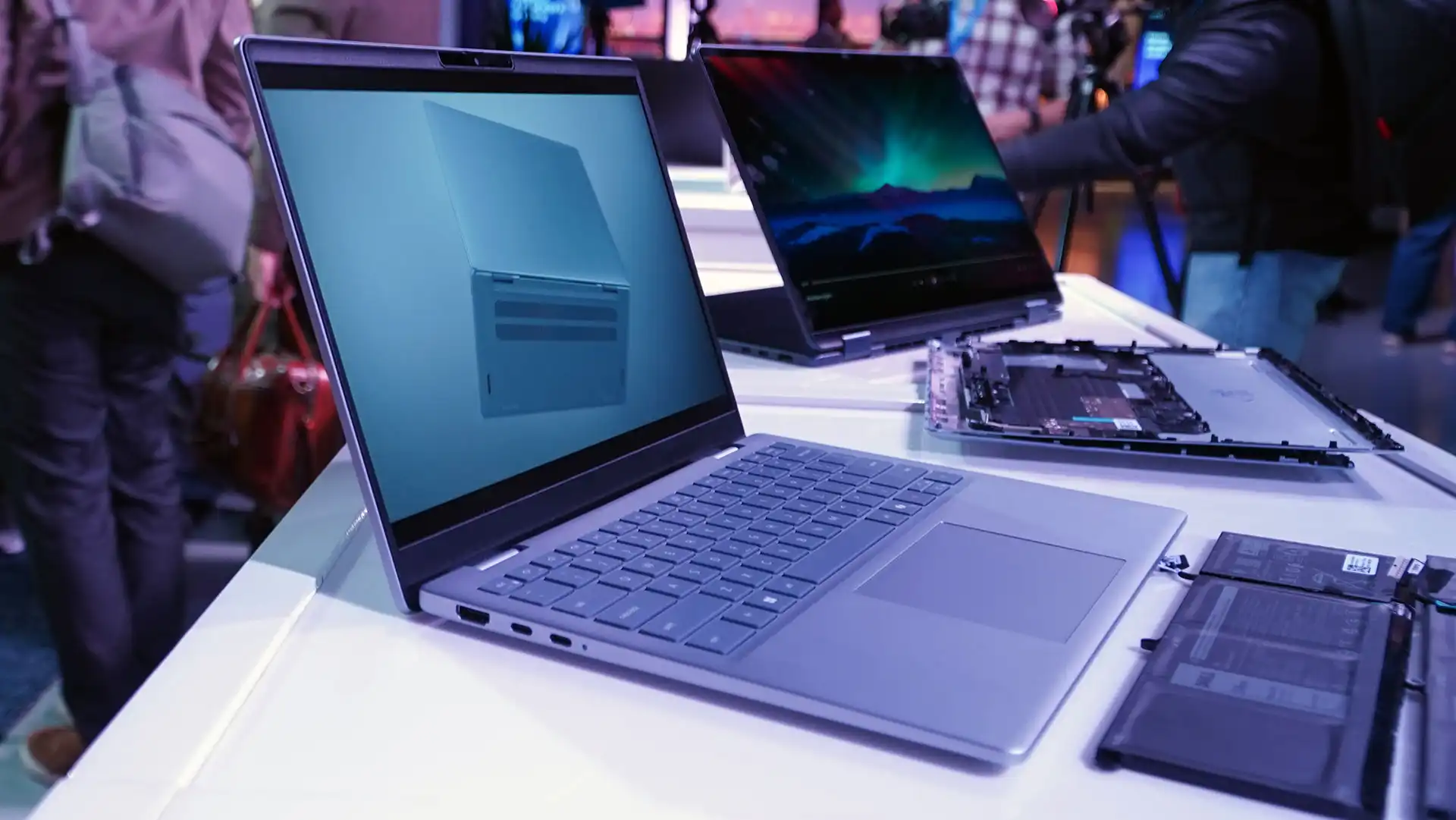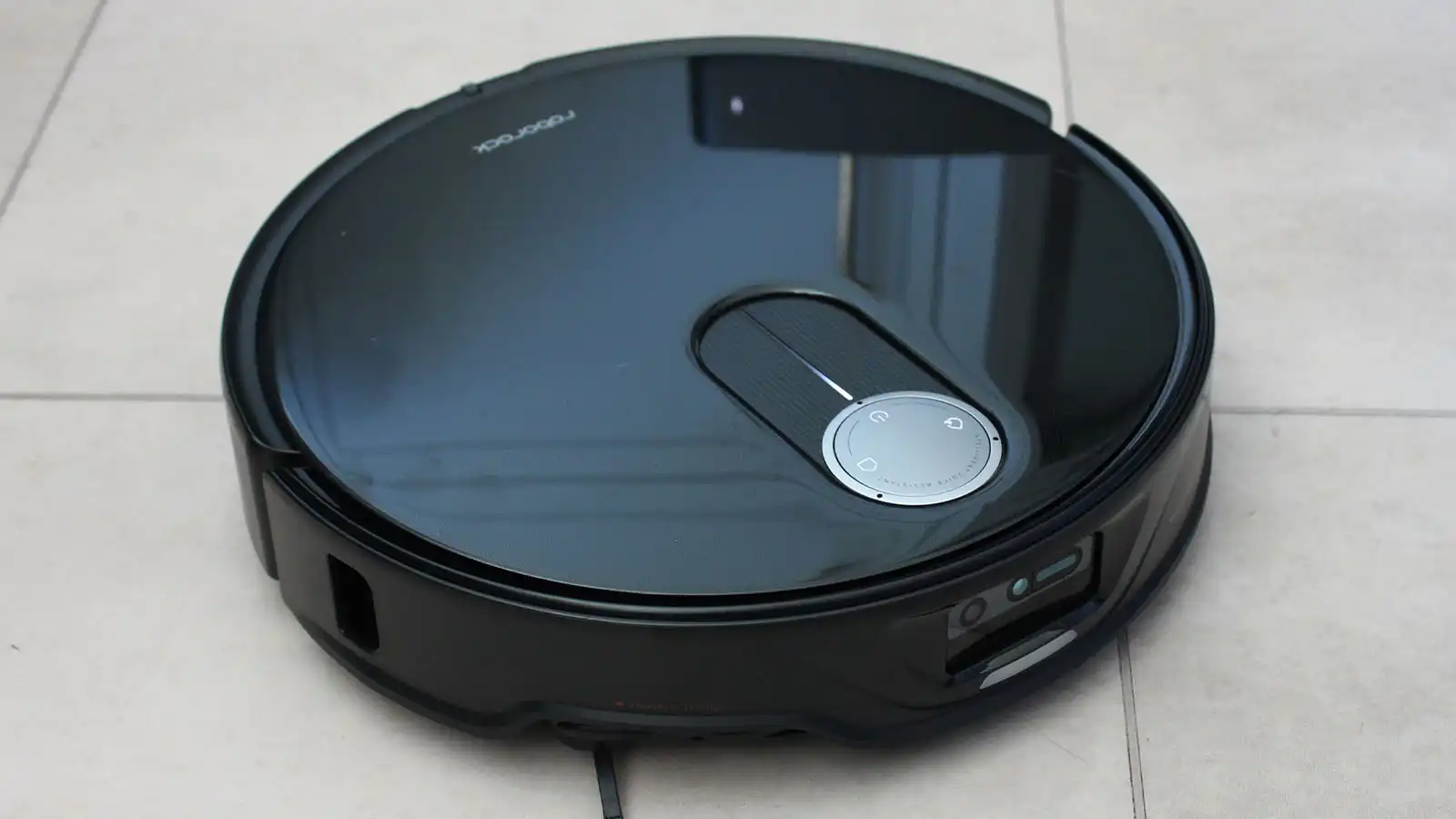With new laptops introduced at CES, Dell’s 2025 lineup will be missing some very familiar names.
Branding is important. Corporations spend millions of dollars every year to make sure that words like “Tacoma” and “Sleep Number” press the right buttons in your brain. And Dell has spent decades putting that same work in for terms like “XPS,” “Inspiron,” and “Latitude.”
Starting in 2025, though, Dell laptops and desktops will just be… Dell. “There’s just one brand,” said executive Sam Burd. “Dell.”
Dude, it’s just Dell
Before I get into editorializing, let me clear a few things up.
The actual designs that Dell has been working on aren’t going away. So, for example, the XPS 13 that’s been a staple of high-end laptops for years isn’t being discontinued, and it isn’t even being replaced with a new model. It’s just that the 2025 version will be called the “Dell 13 Plus.” (Although there’s no direct 13-inch model equivalent available at launch. The 14-incher is the smallest in the non-superlative Dell line.)
Dell also isn’t doing away with the Alienware sub-brand, which it purchased in 2006. Alienware gaming models will, apparently, keep their specific names, such as “Area 51” and “m16.” Monitor names seem to be unaffected, too, so the “UltraSharp” line will still exist.
On top of that, you’ll continue to see older designs sold under their original nomenclature while Dell clears out its existing lines — the XPS 13 and Inspiron 15 models from 2023 and 2024 will still be sold under those names for the time being.
Now, let’s break down Dell’s new and allegedly simpler branding. You’ll see three tiers of products overall going forward: Dell (no extras or superlatives), Dell Pro, and Dell Pro Max.
The regular Dell tier is for standard consumers and students, “designed for play, school, and work.” This will encompass machines formerly labelled Inspiron or ones that had no specific branding even before this change. Dell Pro is “designed for professional-grade productivity.” (Weird that “work” was included in the previous tier and not here, but anyway…) This is where the Latitude line and similar products will end up. Meanwhile, Dell Pro Max is the absolute cream of the crop and will be the landing spot for Dell’s “maximum performance” designs.

Dell
Seems pretty straightforward, huh? Not so fast!
Under each tier, computers will also be split up into three more sub-categories. Base is, well, the base model with no extras (though presumably it’ll still be customizable to some degree using Dell’s long-standing online ordering system. Plus is a step above that, for pre-configured machines that have a few extras like a better screen, RAM, CPU, storage, and maybe a discrete graphics card. Premium is the top-end model in each tier, presumably maxed out (or nearly so) in every configurable category.
If you remember your elementary school times tables, that’s nine different labels for Dell computers starting in 2025, from simply “Dell Base” (if these models will even be differentiated) all the way up to “Dell Pro Max Premium.” Which doesn’t even include the differentiator for a specific model. In other words, the pinnacle business-focused laptop that’s also packing the maximum power and capability would seemingly be the “Dell 14 Pro Max Premium.” Hooray, it’s so simple.
And if you’re thinking that the “Pro” and “Max” extras make Dell’s new product line seem eerily familiar to a certain fruit-identity competitor, you’re not alone. During a presentation, one fellow tech journalist pointed out the similarity to Apple’s various Pro and Max labels for its desktops, laptops, and accessories — and in response, Dell executives dismissed the concern, indicating that these are universal terms that consumers are already familiar with.
The new Dell laptops in 2025
For the initial 2025 launch, there are seven “new” laptop models (many of which are modified from older designs to varying degrees), plus and also various Plus and Premium upgraded models of the same design.
Most are launching by the end of February, and other new models will probably be announced later in the year.
Dell 14 Plus

Michael Crider/Foundry
Dell 14 Plus 2-in-1

Dell
Dell 16 Plus

Dell
Dell 16 Plus 2-in-1

Dell
Dell Pro 13, Pro 13 Plus, Pro 13 Premium

Dell
Dell Pro 14, Pro 14 Plus, Pro 14 Premium

Michael Crider/Foundry
Dell Pro 16, Dell Pro 16 Plus

Dell
Look at that list. It’s a mess, just begging for a miscommunication that could easily land you with the wrong build of a laptop you want, or the wrong laptop model entirely. And despite being allegedly distinct, all these laptops look extremely similar. Frankly, I’m not a fan.
A confusing change for everyone
It seems like most of the Dell products that we cover here at PCWorld will fall under the standard Dell branding (sans Pro or Pro Max) since we mostly handle consumer-focused designs. But the very fact that Pro and Pro Max models exist will indicate to some consumers that they aren’t getting the best possible experience, even if they don’t actually need any sort of upsell to the fastest possible processor or the most available RAM. Like similar labels applied to phones, some will want “the best” even if they’ll never actually make use of those features — and I wonder if there isn’t a bit of intentionality behind that decision.
I also wonder what the point of having the Base, Plus, and Premium subdivisions are when Dell didn’t need these before its controversial decision to add “Plus” to the XPS line to denote a more streamlined chassis. Maybe Dell’s going to make more than one 14-inch laptop in each category and simply needed a point of differentiation… which would only then undermine this attempt at simplicity.

Dell
Between the adjectives that indicate different product categories and intended audiences, and separate-but-similar adjectives that further bifurcate these categories, it’s a lot to process. And I don’t see it as any less confusing than “Inspiron” versus “Latitude.”
I don’t think this will be easier to parse for consumers, and even those who have a passing familiarity with computers might trip up. It doesn’t help that all of Dell’s non-Alienware laptops seem to be moving to a unified, utilitarian design language, with very little to visually distinguish Dell, Dell Pro, and Dell Pro Max laptops from one another.
Maybe I have a bias here. I’m a professional tech writer who’s been obsessively following PCs for decades. I live and breathe this stuff. And I’ve been using Dell computers in one flavor or another for a pretty big chunk of that. Maybe I’m demonstrating a knee-jerk reaction, rejecting the unfamiliar simply because I don’t want to let go of a lingering attachment to these terms.
But I don’t think that’s the case. I think Dell is under-valuing the work it has put into these brands. I think it would be better to simply streamline the lineup with fewer models and more options within the config upgrades for each one. I think there’s a good chance Dell will walk this back, especially for the XPS label, before too long.
Then again, no one’s paying me a huge amount of money to make branding decisions that will affect product lines that sell millions of units. So take this opinion for what it’s worth (not a lot), and we’ll see how this strategy plays out in the new year.





